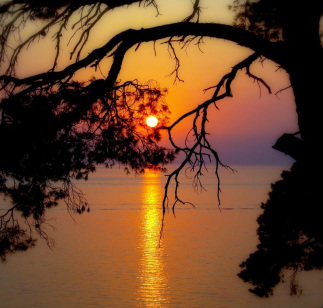“Nature is what we see...” by Emily Dickinson
Once reading “Nature is what we see...” by Emily Dickinson you just visualize the true beauty of nature is something very stunning. You realize the experience of all the wonderful wonders of the outer world. To imagine the afternoons come along with squirrels along the plains and Bumble bees flying within the air. Or how you get to go outside and sit as you wait patiently with your loved ones for the next Eclipse. Watch as the sea waves react to wind, and thunder comes in booming with loud ferocious sounds. You start to believe how nature is art, but many people do not give it the appreciation they should give it. Nature is the beauty of the Earth, and without the human appreciation, nature can be impotent itself. And in this poem you realize all of these wonders with such a beautiful simplicity.
“Daffodils” by William Wordsworth
After I read the poem “Daffodils” by William Wordsworth I thought about how the author discovers a field of daffodils by a lake and the memory of which comforts him when he is feeling lonely. The various peaceful images of nature such as the daffodils include human qualities in the poem. The natural images express how the author feels a tranquil solitude in the beginning of the poem. Then again feels excitement towards the end of the poem being because he is with the company of the daffodils. Through the whole poem nature is instantly set as the mood for the poem from the very first line, "I wandered lonely as a cloud." Also the poem follows a quatrain-couplet rhyme scheme of ABABCC. All in all the obvious subject of this poem are the field of daffodils, making nature the most apparent feature throughout this poem.


